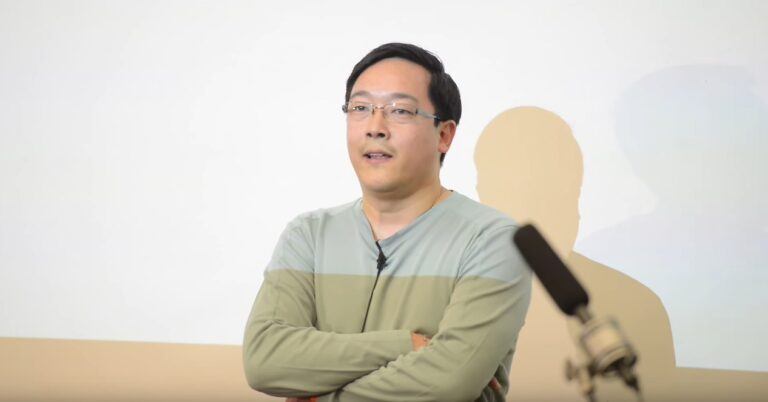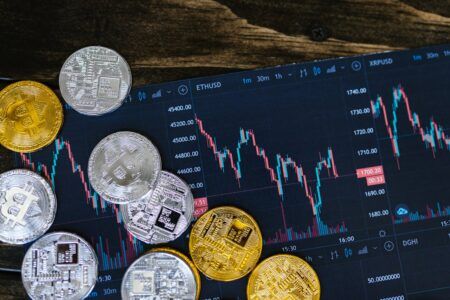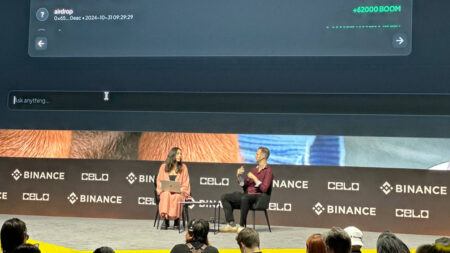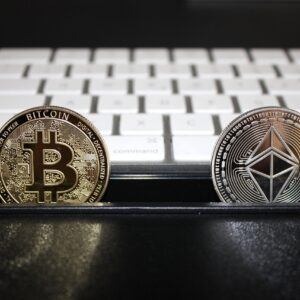Last Thursday (March 4), Litecoin creator Charlie Lee explained why most popular non-fungible tokens (NFTs) currently for sale are not as valuable as some people assume.
NFT marketplace OpenSea’s NFT Bible says NTFs are “unique, digital items with blockchain-managed ownership” and says that “examples include collectibles, game items, digital art, event tickets, domain names, and even ownership records for physical assets.”
Lee spelt out how he feels about NFTs via a tweetstorm posted on March 4.
He started by defining the term NFT:
Lee’s argument is that an NFT representing a song, a video clip, a photo, or some other digital image is nothing more than a digital certificate of authenticity, and although that certificate is “definitely worth something,” it is not as some might think since “the majority of the value of owning a collectible is lost by switching the ownership from the actual collectible to its certificate of authenticity.”
For example, in the case of NBA Top Shot, which is a marketplace for officially licensed digital collectibles, when you buy a moment NFT, what you are paying for is not a short video clip depicting a highlight from an NBA game (since such clips can be easily download for free) but the certificate of authenticity for that video clip.
To get an idea of how high prices on NBA Top Shot can get, there is currently (as of 21:40 UTC on March 7), a moment featuring a block by LeBron James during a Spurs-Lakes game (from the 2019-2020 season) that took place on 25 November 2019. Only 59 copies of this highlight were minted as NFTs, eight of which are currently listed for sale on the NBA Top Shot platform. The cheapest one is $99,999.00!
Last Monday (March 1), Bitcoin educator and developer Jimmy Song published an article on his Substack blog in which he explained why he’s “against NFTs.”
He started by saying:
“They [i.e. NFTs] are tokens on the some blockchain (usually ETH) that purports to represent a piece of art. This could be a video, picture, song or anything else. The idea is that these mp4, jpg, mp3 or txt file can be made scarce by associating it with a token. Nothing associates the two except by convention. The token has no ability to unlock anything, it’s a representation, only because the artist declares that it does.“
He then said that this reminded him of initial coin offerings (ICOs):
“If this sounds familiar, it should. This is very similar to ICOs which only had value because the company behind it declared that it does. Fiat literally means “let it be done” and both NFTs and ICOs share this property that they make abstract claims that are backed by nothing more than promises. They are both fiat assets in the literal sense.“
Song then went on to say:
“Getting paid is nice for the artist, but it comes at the cost of the artist having to embrace an entire scammy ecosystem, especially all the people who printed their own money. The illusion is that there’s a new market for the art that they create. What most of them don’t realize is that their art is secondary to the people who buy it. Their primary motive for buying the NFT is legitimatizing the altcoin, as they are big holders. Artists are being exploited to give credence to the platform, in much the same way that startups were with ICOs and I expect the same sad results.“









